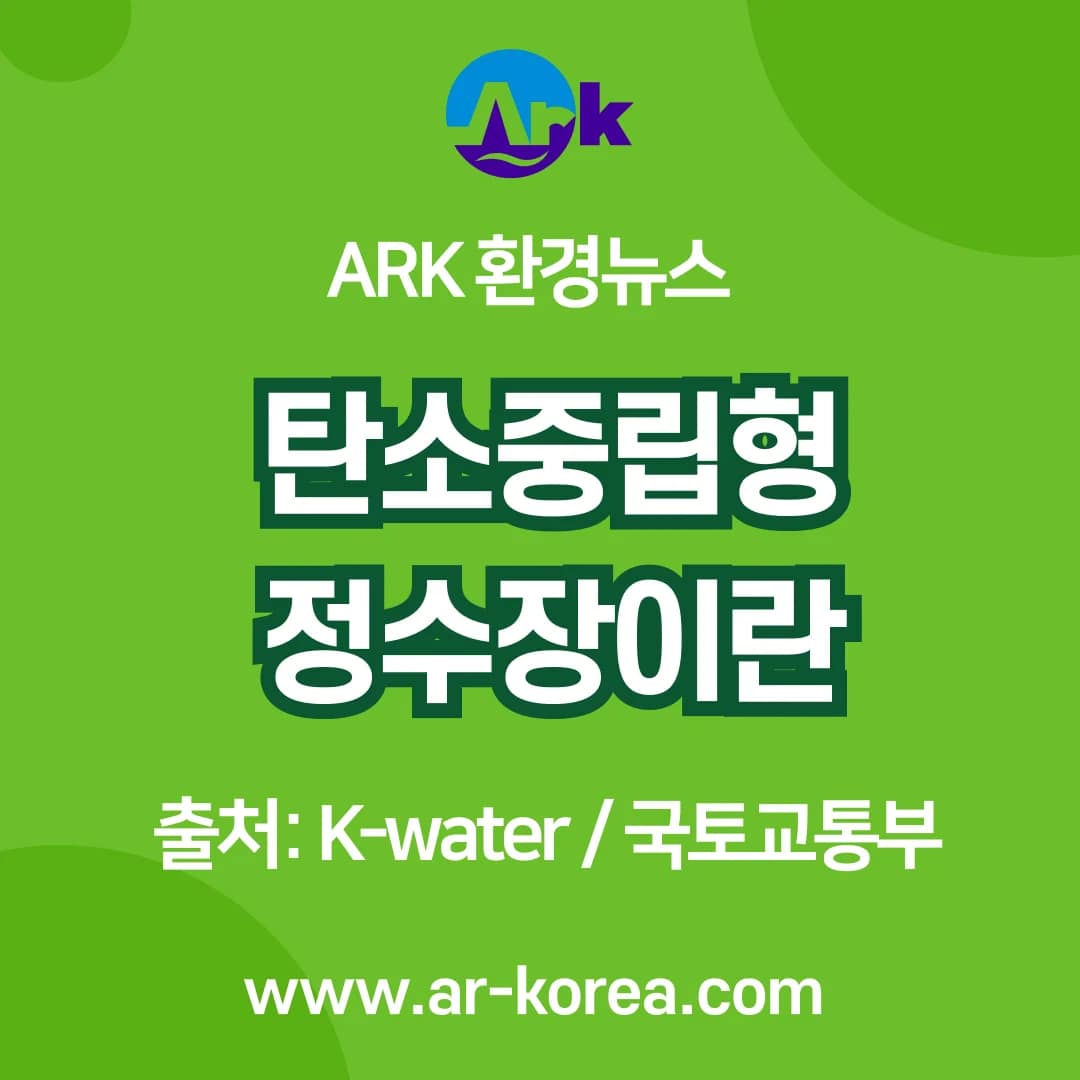



Indonesia has been in the news a lot lately.
The reason is that the administrative capital Jakarta will be relocated to the eastern province of Kilimantan on the island of Sumatra by 24 years, and South Korea is cooperating with Indonesia to build a new water supply project worth 40 trillion won, including 200 billion won for a ‘carbon-reducing" water purification plant.
Team Korea was formed in cooperation with Indonesia, and large-scale construction will be carried out.
Proud to be active in Southeast Asia with national projects.
‘K-WATER Check out the video below to see Minister Won discussing the development of university talent.
A carbon-neutral water treatment plant is defined as follows.
A water treatment plant that is committed to providing green, low-carbon tap water, expanding renewable energy development and reducing energy to lead the way in public sector carbon neutrality.
By 2030, 43 water treatment plants will be carbon neutralized by K-water.
- Developing terrestrial solarArchitectural solar
A total of 8 MW is in operation at 16 of the 43 water purification plants, and 31 MW of solar energy generation is being developed annually by utilizing idle sites at water purification plants such as sedimentation cells and rooftops of water purification buildings.
Of the total, 14 MW will be used for small-scale water purification plants and 17 MW will be used for power generation to sell electricity.
- Highly efficient facility operations
Replacing transformers and motors at 43 inefficient water treatment plants with more efficient equipment will save 2,768 MWh of operating energy annually
- Introducing hydrothermal energy
The introduction of hydrothermal energy (940 RT*) at 21 water treatment plants, excluding 8 plants that have already been equipped with hydrothermal energy and 14 plants without administrative buildings, will save 3,220 MWh of energy required for heating and cooling.
* RT (Refrigeration Ton): The amount of heat required to turn 1 Ton of water at 0°C into ice at 0°C, expressed in units.
K-water has currently achieved carbon neutrality at two water treatment plants in Siheung and Jain, and aims to expand to 24 plants by 2025 and 43 plants by 2030.
By 2030, each water treatment plant will have solar, hydrothermal, and high-efficiency equipment to increase energy independence.
In particular, before the full-scale promotion of the carbon neutralization project, a pilot project is planned to be launched this year for water purification plants with renewable energy that are scalable and have a large improvement effect.
With local factories and offices in Vietnam, Southeast Asia, we have worked with many local and international companies on various water treatment plant projects, including the Vung Tau Water Treatment Plant.
Southeast Asia has very different land characteristics, water characteristics, and groundwater structure, which makes land construction and water treatment very difficult and different.
According to the International Water Resources Association, both Vietnam and Indonesia are water-scarce countries and need to develop local talent.
Vietnam is classified as a water-scarce country if its per capita annual water use is 4,000 cubic meters or less, and is estimated to have a per capita water use of 3,840 cubic meters per year. As urbanization progresses, it is necessary to train human resources on water treatment techniques and facilities for various wastewater and sewage components.
Congratulations on the successful award of the Indonesia Carbon Reduction Water Treatment Plant project to Korea.
Related Articles : How to Apply a Water Treatment Plant Pressurized Dehydrator
Related Articles : Development of the Vung Tau Water Treatment Plant Dehydrator